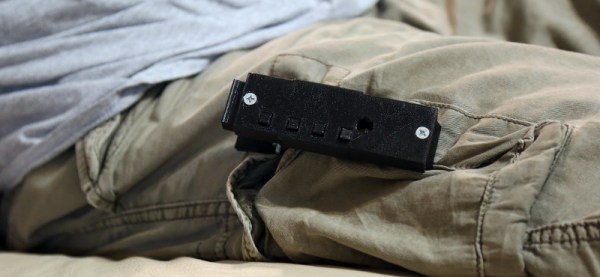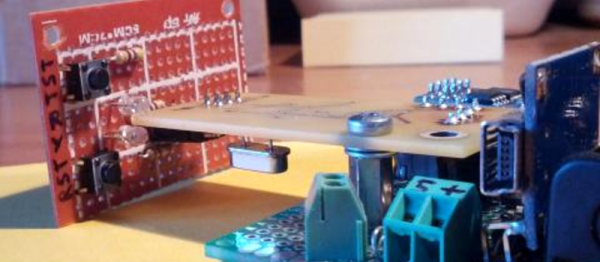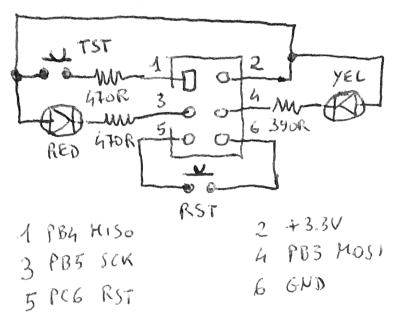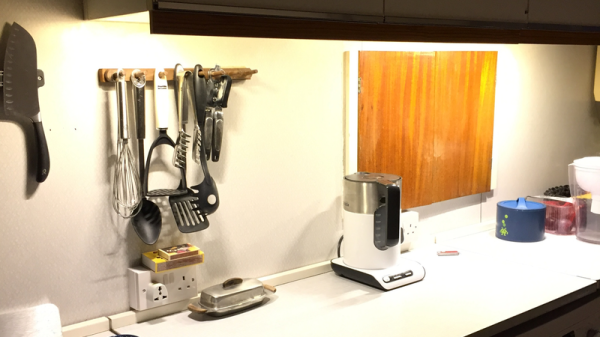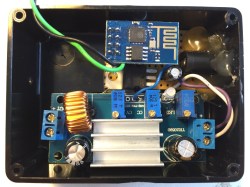Using your smartphone to control your home automation system gives you a lot of flexibility. But for something as simple as turning the lights on and off, it can be a pain to go through the whole process of unlocking your phone, choosing the right browser page or app, and then finally hitting the button you need. It’d be much simpler if it could all be done at the touch of a single, physical button – but phones don’t have many of those anymore. [falldeaf] brings the solution – a four-button Bluetooth remote for your smartphone that’s wearable, to boot.
The project is built around the RFDuino, an Arduino platform used for quickly and easily building Bluetooth compatible projects. So far, so simple – four buttons wired into a microcontroller with wireless capability onboard. The real trick is the 3D-printed clothespin style case which allows you to clip the four-button remote onto your clothes. [falldeaf]’s first attempt was a palm-mounted setup that they found got in the way of regular tasks; we agree that the wearable version offers a serious upgrade in utility.
The smartphone side of things is handled with a custom app [falldeaf] coded using PhoneGap. This is where actions for the buttons can be customized, including using the buttons to navigate a menu system to enable the user to select more than just one function per button. It adds a high level of flexibility, so you can create all kinds of macros to control your whole home automation system from your button clip.
It’s really great to see a project that considers ergonomics and usability above and beyond just creating the baseline functionality. Follow this train of thought and you’ll find yourself enjoying your projects in the use phase well beyond the initial build. Another great example is this self-charging electrically heated jacket. Video after the break.

